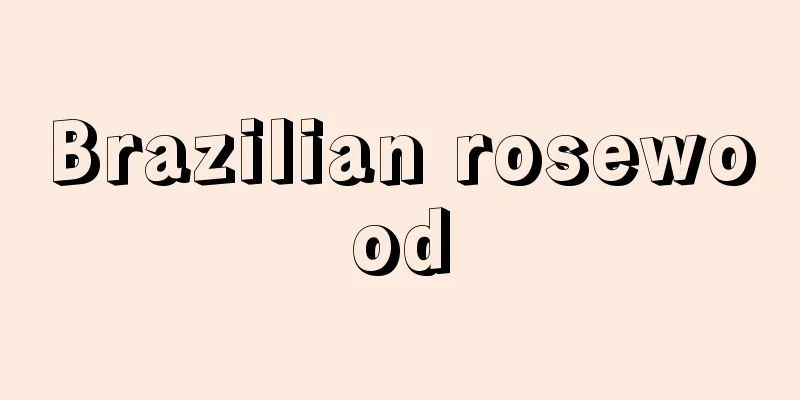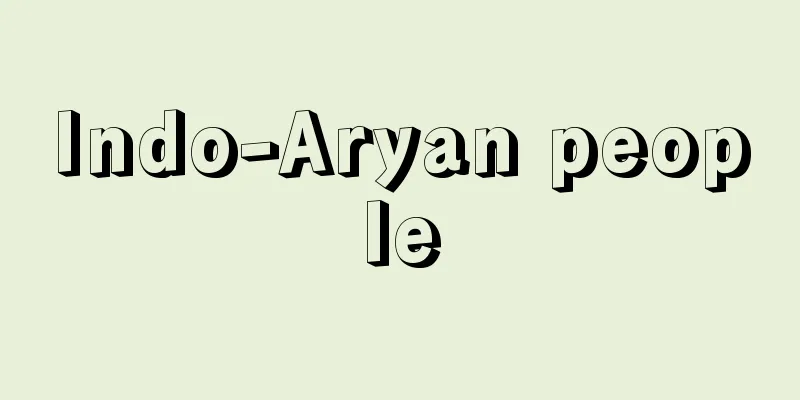Cost Management

|
Traditionally, it has been used to mean management by standard costs, i.e., cost control, but since around 1970, it has come to mean cost management, which includes more comprehensive planning and management of overall business operations. Traditional cost management cannot be considered separately from the development of standard cost accounting, which has developed rapidly up to the present day, inspired by the scientific management movement of F.W. Taylor in the early 20th century. In other words, the substance of traditional cost management (cost control) was almost the same as efficiency management by standard costs, or more specifically, ex post facto cost control by standard cost variance analysis. Japan's "Cost Accounting Standards" were published in 1962 by the Business Accounting Council of the Ministry of Finance (transferred to the Financial Services Agency in 2001), and these "Cost Accounting Standards" define cost management as "setting and directing cost standards, calculating and recording the actual amounts of costs incurred, comparing these with the standards, analyzing the causes of any discrepancies, reporting related information to management, and taking measures to improve cost efficiency." However, from around the 1960s, the intensification of capital investment activities, which are essential for promoting business strategies, led to an increase in fixed costs (capacity costs) as a percentage of total costs, and the economic situation also faced an unprecedented type of inflation. This led to the problem of how to respond to a social environment of a different nature, and new demands arose, such as: (1) control at the planning stage, i.e., in advance, (2) not only maintaining costs at a certain level, but also developing proactive methods for reducing costs, (3) management of the actions that generate costs, and (4) control of costs in corporate activities other than manufacturing. In response to such social demands, the Industrial Structure Council of the Ministry of International Trade and Industry (now the Ministry of Economy, Trade and Industry) in 1966 submitted a report entitled "Cost Management: New Concepts and Methods for Reducing Costs," in which it proposed "cost management" as a modern concept for cost control and defined it as follows: "Cost management is all the management activities that clarify the cost reduction targets necessary for the stable development of a company as part of profit management, set plans for their implementation, and work to realize these targets." First, the report emphasizes the importance of cost planning as a concept that corresponds to cost control. In this case, cost planning must be in harmony with profit targets that are differentiated between long-term and short-term. Second, it emphasizes that, in addition to maintaining costs through standard setting, it is necessary to develop concepts and techniques for aggressive cost reduction, especially during times of economic downturn. Only when all of these are included can it be called true cost management, and this is called cost management. In order to materialize this philosophy, in addition to traditional standard cost accounting and budget control (budgetary management), standard direct cost accounting, operations research (OR), industrial engineering (IE), value analysis, special cost investigation, etc. are introduced, and the role of the cost management department as a staff organization is explained. From around 1980, in an effort to broaden the scope of cost management, methods such as life cycle costing, activity-based costing (ABC), and cost planning, which is an activity for narrowing down costs at the planning and design stages, have been developed. [Tokai Mikio] "Cost Management" by Matsumoto Masao (1970, Hakuto Shobo)" ▽ "Total Cost Management" by Kobayashi Yasuo (1972, Moriyama Shoten)" ▽ "Cost Management" by Nishizawa Osamu (1974, Hakuto Shobo)" ▽ "Theory of Cost Management - A Cost Approach to Management Accounting" by Sato Masao (1993, Dobunkan Publishing) " ▽ "Cost Management Accounting - An Introduction to Management Accounting" by Sato Masao (2004, Dobunkan Publishing)" ▽ "Illustrated Production Practice: Cost Management" edited by Toyo Business Engineering (2007, Japan Management Association Management Center)" [References] | | | | | | | | |Source: Shogakukan Encyclopedia Nipponica About Encyclopedia Nipponica Information | Legend |
|
従来は標準原価による管理、すなわちコスト・コントロールcost controlの意味に用いられてきたが、1970年ころからは、より総合的な経営全般の計画・管理を含むコスト・マネジメントcost managementの意味に用いられるようになっている。伝統的な意味での原価管理は、20世紀初頭におけるF・W・テーラーの科学的管理運動などに触発されて今日まで急速な展開をみせた標準原価計算の発展と切り離して考えることはできない。すなわち、旧来の原価管理(原価統制)の実体は、標準原価による能率管理、さらに具体的にいえば標準原価差異分析による事後的原価統制とほぼ同様のものであった。日本の「原価計算基準」は1962年(昭和37)に大蔵省企業会計審議会(2001年金融庁に移管)が公表しているが、この「原価計算基準」が、原価管理を「原価の標準を設定してこれを指示し、原価の実際の発生額を計算記録し、これを標準と比較して、その差異の原因を分析し、これに関する資料を経営管理者に報告し、原価能率を増進する措置を講ずることである」と定義しているとおりである。 ところが1960年代ころから、経営戦略の推進に不可欠な設備投資活動の活発化により、原価に占める固定的なコスト(キャパシティ・コスト)が増加するとともに、経済情勢的にも従来にない型のインフレーションに遭遇するなど、質の異なった社会環境への対応が問題化してきて、次のような要請が新たに生じてきた。(1)計画段階すなわち事前でのコントロール、(2)一定水準での原価維持ばかりでなく、積極的な原価引下げ技法の開発、(3)原価を発生させる行動そのものの管理、(4)製造以外の企業活動コストのコントロール。 このような社会的要請を背景として、1966年(昭和41)に通商産業省(現経済産業省)産業構造審議会は、「コスト・マネジメント――原価引下げの新理念とその方法」を答申し、現代的な原価管理の概念として「コスト・マネジメント」を提唱し、これを次のように定義した。すなわち「コスト・マネジメントとは、利益管理の一環として、企業の安定的発展に必要な原価引下げの目標を明らかにするとともに、その実施のための計画を設定し、これが実現を図るいっさいの管理活動をいう」。ここでは、第一に、原価統制に対応する概念として原価計画の重要性が強調されている。原価計画は、この場合、長期と短期に区別された利益目標と調和しなければならない。第二に、標準設定による原価維持とともに、とくに不況期においては、積極的な原価引下げの理念と技法が開発されなければならないことが強調されている。これらのすべてが包含されて初めて、真の原価管理と称することができ、これをコスト・マネジメントという、としている。そしてこの理念の具体化のために、伝統的な標準原価計算や予算統制(予算管理)に加え、標準直接原価計算、オペレーションズ・リサーチ(OR)、インダストリアル・エンジニアリング(IE)、価値分析、特殊原価調査などが紹介され、スタッフ組織としての原価管理課のあり方が解説されている。1980年ころからは、原価管理の対象を幅広く求めて、ライフサイルクル・コスティング、活動基準原価計算(ABC)、さらに企画・設計段階における原価の絞込み活動である原価企画などの手法を開発している。 [東海幹夫] 『松本雅男著『原価管理』(1970・白桃書房)』▽『小林靖雄著『総合原価管理』(1972・森山書店)』▽『西沢脩著『コスト・マネジメント』(1974・白桃書房)』▽『佐藤正雄著『原価管理の理論――管理会計へのコスト・アプローチ』(1993・同文舘出版)』▽『佐藤正雄著『原価管理会計――管理会計の手ほどき』(2004・同文舘出版)』▽『東洋ビジネスエンジニアリング編『図解でわかる生産の実務 原価管理』(2007・日本能率協会マネジメントセンター)』 [参照項目] | | | | | | | | |出典 小学館 日本大百科全書(ニッポニカ)日本大百科全書(ニッポニカ)について 情報 | 凡例 |
Recommend
Denali
…The main peak of the Alaska Range in south-centr...
Brøndal, V.
…He proposed his own theory of language, which he...
yew
…An evergreen conifer of the Taxaceae family that...
Gadolin, J.
... Periodic table Element symbol = Yb Atomic num...
Nitzsch, Karl Immanuel
Born: September 21, 1787. [Died] August 21, 1868. ...
Actinium
Ac. Atomic number 89. Electron configuration [Rn]...
Inaba weeping
...Shimenouchi leaves are fully split and linear,...
Washing - Araihari
An old method of washing Japanese clothing. After ...
Dental plaque
Dental plaque is a soft, milky white organic subs...
Jean-Paul Sartre
French philosopher and writer. He is also an inte...
Large vehicle license - Large vehicle license
...Therefore, maintaining and observing traffic o...
Artisan
...In other words, since the Middle Ages, this wo...
Jinza - Jinnoza
From the mid-Heian period, these were the seats of...
Kanzaki
The name of a place in Amagasaki City, Hyogo Prefe...
National Economic Committee (English: National Economic Committee)
One of the central agencies for the economic const...









